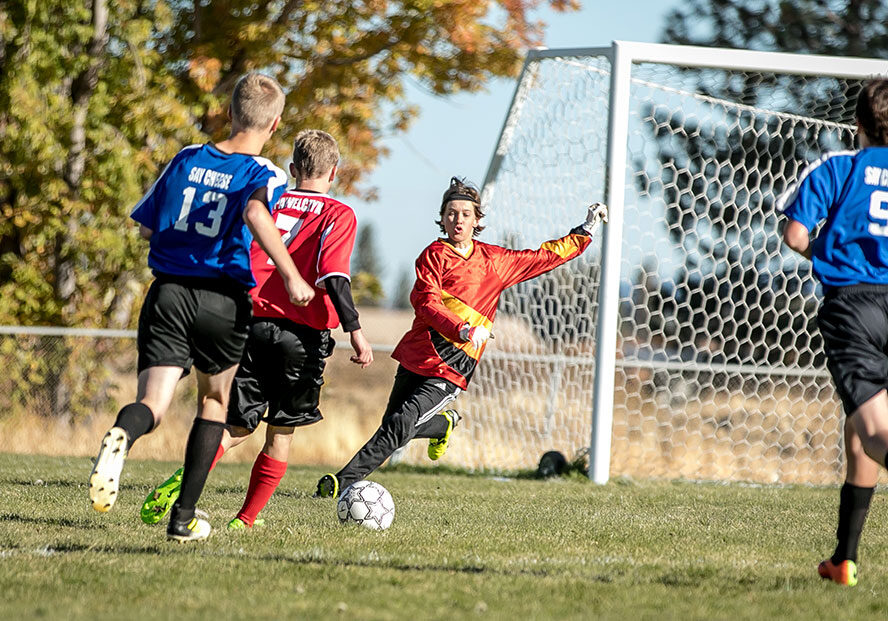If your aging parents need help to stay safe and healthy, figuring out their needs, understanding the options, and making decisions can feel overwhelming.
Use these seven steps to turn the vague problem of “my aging parents need help” into a practical, realistic plan to help mom or dad be as healthy and happy as possible.
1. Assess your parent’s needs
To understand how much help your parent needs with everyday life, consider these key areas:
- Family support
- Home safety
- Medical needs
- Cognitive health
- Mobility
- Personal hygiene
- Meal preparation
- Social interaction
How much support are they already getting in each category and how much help do they realistically need to stay safe and healthy?
It’s a good idea to write everything down in a caregiving notebook so you can keep track of their needs and figure out what services are needed.
For example, let’s say your dad is managing diabetes and heart disease, has no other family nearby, is fairly isolated in a rural area, and hates to cook for himself.
Plus, you live across the country so he’ll need help with medication management, transportation, and meals.
To provide the support he needs, you might hire a driver for doctor’s appointments and errands, set up grocery or meal deliveries, and hire an in-home caregiver to prepare meals and make sure he’s taking his medicine.
2. Think about your own needs and abilities
Before you make the assumption that you can take care of all your parent’s needs by yourself, stop and think about your own situation and abilities.
- Does your health allow you to physically care for someone?
- Do you live close enough to visit as often as needed?
- Would you want to live with them, either in their house or yours?
- Do you have the kind of relationship that allows you to spend a lot of time together without creating a lot of negative feelings on either side?
- Do you have the personality to provide the type of care they need?
- Are you willing to learn how to provide that care?
We want our parents to be safe and healthy. And it’s not selfish or heartless if you’re not the best person to personally provide that care. By looking out for their health and safety and arranging the help they’ll need, you’re still being a supportive and caring child.
It’s best to make an honest assessment early in the process so you don’t get yourself into a situation that’s not sustainable.

3. Include your parent in the process
Nobody wants to lose control of their life, and it’s so important to involve your parent as much as possible when you’re planning for their care.
This helps them see you more as a partner rather than someone who’s swooping in to make changes.
They’re likely to be resistant in the beginning, so it will probably take multiple conversations. As long as they’re not in immediate danger, try not to force changes too quickly. Unless it’s an emergency situation, get them used to accepting help by focusing on one or two critical needs.
After that, slowly add on until they’re getting all the help they truly need.
4. Understand the financial situation
Caring for an older adult will cost money. It’s a good strategy to estimate future costs so you’ll be prepared. Think about the medical care they’re likely to need, the cost of their potential living situation (like assisted living vs moving in with you), and everyday costs like food, caregiving supplies, home safety modifications, etc.
Once you have an idea of their financial position, you’ll know if they’ll be able to afford the care they need or if they’ll need financial help.
Government programs, Medicaid, and other programs are available to help pay for long term care. You may want to consult an elder law attorney or financial planner to help you with things like qualifying for Medicaid.
5. Take care of home safety basics
Safety hazards in the house add up over time, making it easier for older adults to trip, fall, or hurt themselves. Preventing falls will go a long way to keeping your parent independent for as long as possible.
Simple fixes include:
- Make sure all floors and walkways are clear of clutter, cords, and rugs
- Add grab bars in the bathroom and stair railings throughout
- Update lights so all rooms are bright and switches are easily accessible
- Ensure all appliances work well and are within easy reach
- Minimize the need to use step-stools or bend down low
For more suggestions, check out this handy room-by-room home safety modification guide.

6. Make sure communication is simple and accessible
On top of being a safety hazard, isolation and loneliness have a serious negative effect on overall health. One thing that keeps your parent safe is the ability to easily call for help and keep in touch with family and friends.
Make sure their phone is easy to use and easily accessible. For some, keeping a simple mobile phone with pre-programmed numbers in their pocket is reassuring and easier to get to. Or, if your parent is open to the idea, consider a wearable medical alert device.
7. Explore available aging care options
Even after breaking down the steps, caring for your parent can be an overwhelming responsibility. Fortunately, there are many aging care options and helpful resources you can rely on.
- Geriatric care managers can act as consultants to guide you or they can manage all aspects of caring for your parent. Their experience could save you time, money, and headaches down the road.
- In-home caregiving help takes care of seniors in their homes and can be hired privately or through a home care agency.
- Assisted living communities and other senior housing options might be the right choice if your parent can’t live on their own or needs 24/7 care.
- Geriatricians (geriatric doctors) specialize in caring for seniors and have more experience treating people with multiple chronic health conditions, dementia, and other conditions that primarily affect older adults.
- Area Agencies on Aging are county-level government offices that serve local seniors. This is a great starting point because they connect you with helpful local resources and government programs.
Posted in: Health & Nutrition
Comment Policy: All viewpoints are welcome, but comments should remain relevant. Personal attacks, profanity, and aggressive behavior are not allowed. No spam, advertising, or promoting of products/services. Please, only use your real name and limit the amount of links submitted in your comment.
You Might Also Like...

What Parents Should Know About North State’s Rising Fentanyl Problem
Courtesy of Shasta County Health & Human Services Agency and Mister Brown of The Choose Well Program Across the nation, fentanyl-related overdoses are increasing at an alarming rate. And, youth […]

Science Says Fathers Need to Step Up to Increase Children’s Wellbeing
Dads are playing a greater role than ever before in raising their children and being a “stay-at-home dad” is no longer as frowned upon as it was only a few […]

Keeping Kids Safe This Summer, with Dr. Nate Parker
School’s out and summer provides new opportunities for both adventure and danger. That’s why we’ve reached out to Dr. Nate Parker, medical director of Mercy Medical Center Mt. Shasta’s emergency […]

A Key to Your Kids’ School Success: According to Science, This Could Be One
These days we’re obsessed with success – particularly big book smarts, AP classes, higher education, and a preoccupation with straight As. But piling on the homework and study time doesn’t […]



